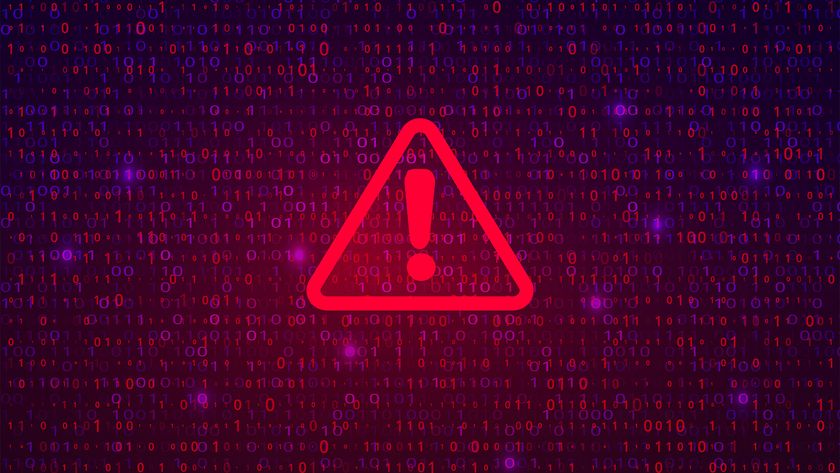Broadband access: local action will be key to passing the 1bn mark
Global fixed-line internet connections are growing rapidly, but some communities are still left in "not spots”.
This leaves communities struggling with connectivity, putting them on the wrong side of the "digital divide". Research carried out last year by UK telecom regulator Ofcom found that the gap in connectivity, between urban and rural areas, was actually growing. Much of this is driven by greater access to fibre-based services in urban areas; those connections are less likely to be available to rural populations or even, less affluent parts of towns.
At a technical level this is understandable. Connectivity providers go where the money is, and fixed-line services need a certain concentration of customers to be viable. As more places are connected up, the remaining pockets of unconnected areas become proportionally more expensive to bring on line. The same issue, to a lesser extent, also affects cellular wireless providers.
But if commercial interests cannot provide connections, perhaps communities will.
A solution that is attracting growing interest is community broadband, where neighbours group together to set up infrastructure, and even, dig ducts and fill fibre. There have been successful projects in the North West of England, and the US' Federal Communications Commission (FCC) perhaps the world's most powerful regulator in the sector is looking at how barriers to community broadband projects could be lowered.
As FCC Chairman Tom Wheeler points out, there are still areas in the US that have no broadband provision at all. The UK may be in a better position than that. But the least regulators and local authorities can do, is make it easier for those who are willing to roll up their sleeves, and dig.
Stephen Pritchard is a contributing editor at IT Pro.
Get the ITPro. daily newsletter
Sign up today and you will receive a free copy of our Focus Report 2025 - the leading guidance on AI, cybersecurity and other IT challenges as per 700+ senior executives
















